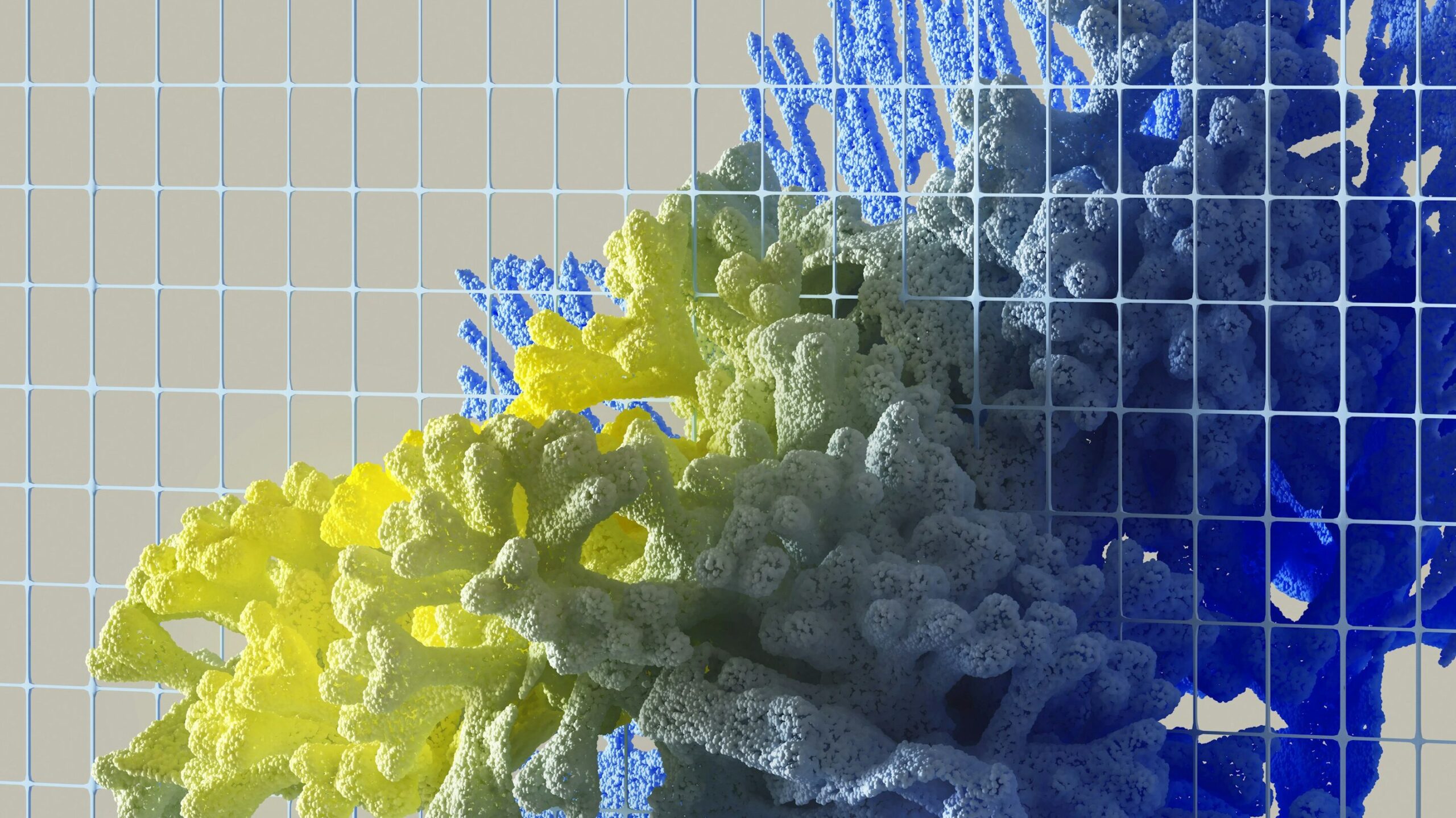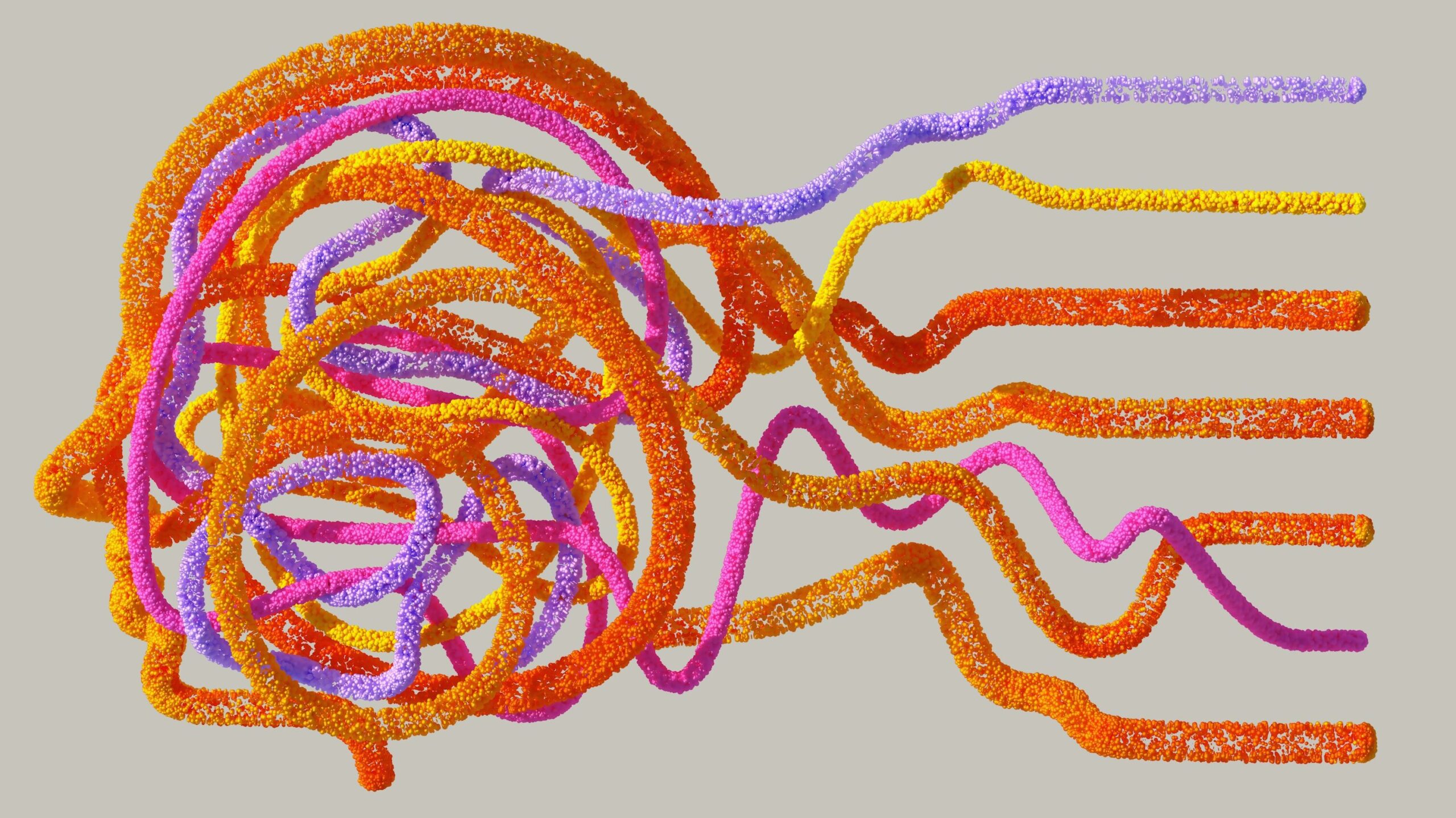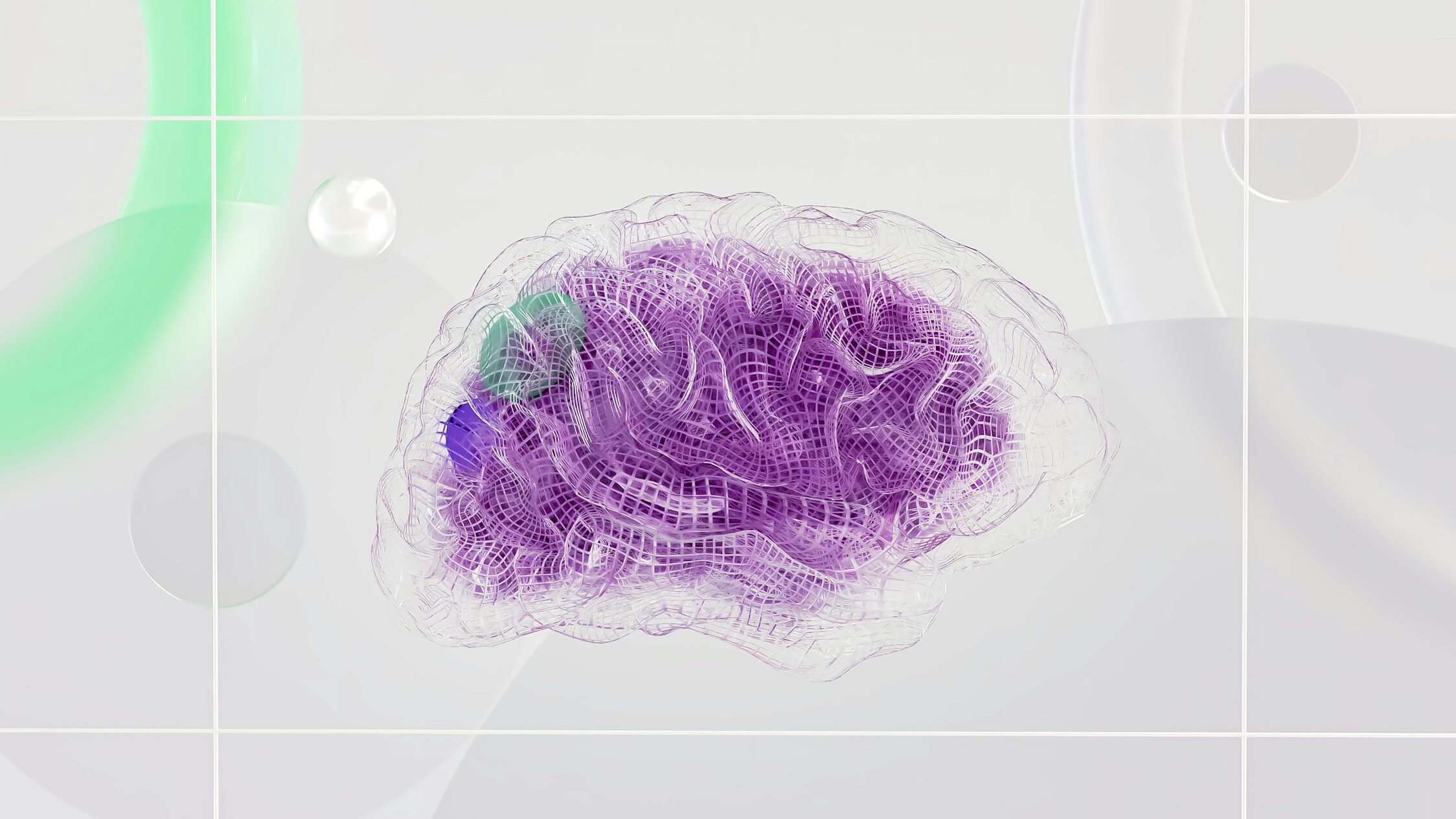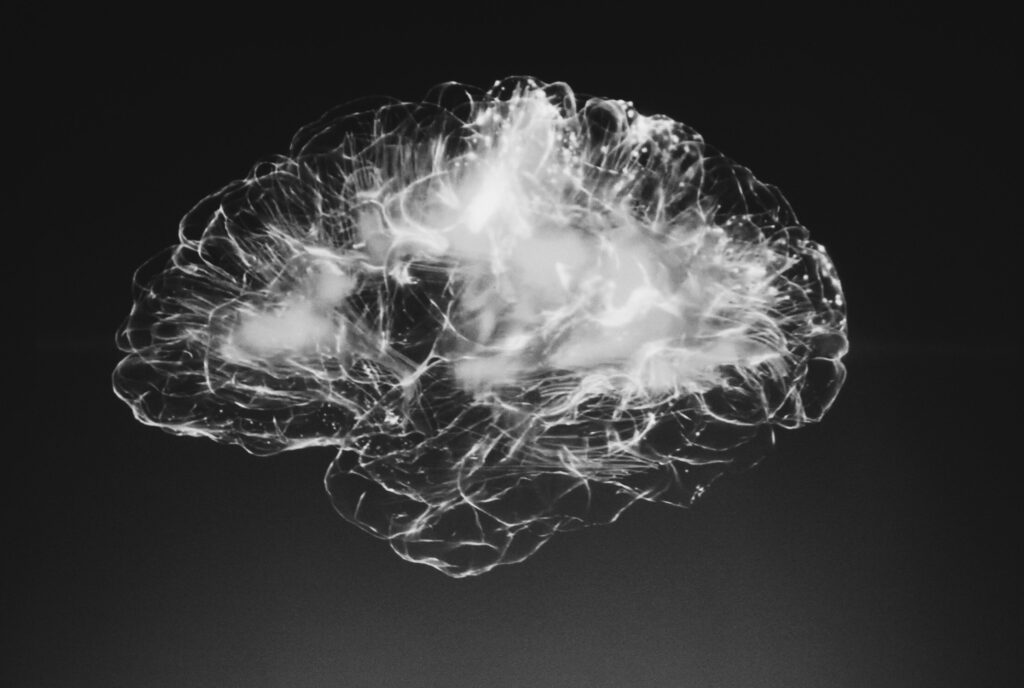Imagine crafting interfaces that feel less like obstacles and more like extensions of the human brain. This isn’t science fiction; it’s the burgeoning field of neurodesign. By merging insights from neuroscience and cognitive psychology with UX design, neurodesigners are fundamentally transforming how we interact with digital products.

Delving into the Subconscious Mind
Traditional UX design focuses on functionality and user behavior, ensuring interfaces are easy to navigate and complete tasks. Neurodesign takes it a step further. It delves into the subconscious, exploring how the human brain processes information, reacts to stimuli, and even forms emotional connections with design elements.
This deeper understanding unlocks a treasure trove of benefits:
- Enhanced User Engagement: We all know the frustration of interfaces that fight our attention. Neurodesign leverages knowledge of how the brain processes visual stimuli and prioritizes information to create interfaces that capture and hold user interest. Techniques like leveraging the “golden ratio” for layout and strategically placing call-to-action buttons can subconsciously guide users toward desired actions.
- Effortless Decision-Making: Confusion breeds frustration. Understanding how the brain processes information allows neurodesigners to craft clear information architecture with intuitive navigation. Imagine a website where finding your desired product feels as natural as remembering a childhood friend’s name. This is the power of neurodesign in action.
- Emotional Connection: Humans are emotional creatures, and our brains react strongly to emotional cues. Neurodesigners tap into the brain’s emotional centers to create positive user experiences. Evoking feelings of trust through familiar design patterns, or sparking a sense of excitement with vibrant colors, can foster brand loyalty and keep users returning for more.

Practical Applications
So, how do these abstract concepts translate into real-world design decisions? Here are some practical ways neurodesign principles are being applied:
- Visual Hierarchy and Attention: Studies in visual perception inform how designers prioritize information on the screen. By strategically placing key elements and using contrasting colors, designers can ensure users effortlessly grasp the interface hierarchy and navigate with ease.
- Color Psychology: Colors aren’t just aesthetic choices; they have a profound impact on our emotions. Understanding these associations allows designers to use color strategically. For example, a calming blue palette might be used on a banking website to evoke trust and security, while a vibrant red might be employed on a call-to-action button to grab attention and encourage engagement.
- Memory and Information Processing: Our brains have limitations when it comes to processing information. Neurodesigners understand these limitations and structure information in a way that aligns with human memory. This might involve chunking information into digestible bits, using clear and concise language, and employing visual aids like icons to enhance recall.
- Emotional Response: Subtle design cues can have a surprising influence on user emotions. Neurodesigners might use elements like rounded shapes or calming color palettes to evoke feelings of trust and security, while sharp edges and high-contrast colors might be used to create a sense of urgency or excitement. This understanding allows designers to craft interfaces that resonate with users on an emotional level.
The Future of Neurodesign
Neurodesign is still in its early stages, but its potential is vast. As research continues to unravel the complexities of the human brain, designers will have even more powerful tools at their disposal. Imagine creating interfaces that not only fulfill user needs but also anticipate them, seamlessly integrating with our cognitive processes and emotional responses.
This future holds immense potential for the UX field. By embracing neurodesign, we can move beyond simple usability and craft user experiences that are not only functional but also deeply human-centered. It’s about creating a symphony of design elements that resonate with users on a fundamental level, leaving them feeling understood, engaged, and ultimately, delighted.
Neuroscience and Cognitive Psychology
To fully grasp neurodesign, a foundational understanding of its cornerstones, neuroscience and cognitive psychology, is essential. Neuroscience is the study of the nervous system, its structure, development, and function. It helps us understand how the brain works, interprets information, and influences our behavior.
Cognitive psychology, on the other hand, focuses on the mental processes that underpin our thoughts, feelings, and actions. It explores how we learn, remember, reason, and make decisions. By understanding these fundamental aspects of human cognition, neurodesigners can craft interfaces that align with our natural tendencies and thought patterns.

Principles in Action: The Power of Neurodesign
Darren Bridger, in his book “Neuro Design: Neuromarketing Insights to Boost Engagement and Profitability,” outlines five key principles of Neurodesign:
- Processing Fluency: Our brains favor information that is easy to decode. Using clear visuals, familiar layouts, and avoiding cognitive overload enhances user experience.
- First Impressions: We make snap judgments based on visuals. Designing welcoming interfaces with clear navigation and positive visuals is crucial for building trust and encouraging exploration.
- Visual Salience: Certain visual elements naturally grab attention. Neurodesigners leverage color, contrast, and size to guide users towards important information and desired actions.
- Nonconscious Emotional Drivers: Subtle design cues can influence user emotions. Using shapes, color psychology, and micro-animations can evoke positive emotions and create a more engaging experience.
- Behavioral Economics: Understanding how our brains react subconsciously to stimuli allows designers to influence user behavior in positive ways. For instance, highlighting limited-quantity items can create a sense of urgency and encourage purchase decisions.
The Key to Effective Design
Neurodesign goes beyond aesthetics; it’s about understanding how users think, feel, and act when interacting with interfaces. Here are some key aspects to consider:
1. Understanding the Thought Process
Users rely on mental models, shaped by past experiences and expectations, to navigate products. Ensuring consistency in design and functionality across interfaces minimizes cognitive load and creates a smooth user experience.
2. The Emotional Connection
Emotions play a significant role in user engagement. Positive emotions like joy and surprise lead to positive product experiences, while frustration and confusion drive users away. Neurodesign allows for crafting interfaces that elicit positive emotions and build a stronger emotional connection with the user.

Designing for the Human Brain
The human brain is a complex processing unit with unique capabilities for information processing, learning, and adaptation. Understanding these natural tendencies allows designers to create interfaces that feel intuitive and effortless.
For example, our brains recognize patterns and use shortcuts for information processing. Leveraging this knowledge, designers can incorporate recognizable elements like the magnifying glass icon for search bars or consistent layouts across web pages. This consistency reduces cognitive load and allows users to navigate interfaces efficiently.
Neurodesign Technologies: Unveiling the User’s Mind
Technological advancements have opened doors to studying human information processing in new ways. Here are some key neurodesign technologies used to enhance design:
EEG (Electroencephalography)
This technology measures electrical brain activity, allowing designers to gauge user engagement with specific design elements and understand their emotional response to interfaces.
fMRI (Functional Magnetic Resonance Imaging)
By tracking blood flow changes in the brain, fMRI can reveal which brain regions are activated during user interaction, providing insights into user decision-making processes.
Eye Tracking
This technology tracks eye movements, revealing what captures a user’s attention on an interface. By analyzing gaze patterns, designers can identify areas of focus and optimize the placement of key information and calls to action.
How Major Companies Leverage the Power of the User Mind?
Leading companies like Google, Apple, and Samsung understand the power of neurodesign principles and incorporate them into their products:
- Google (Chrome Browser): Google’s search engine results pages prioritize clear visuals, clean layouts, and easy-to-read fonts, aligning with our brains’ preference for processing fluency.
- Apple (iPhone, iPad, Macbook): Apple products favor rounded shapes and white space, creating a minimalist aesthetic that reduces cognitive load and evokes a sense of calm.
- Samsung (phones, tablets): Samsung utilizes bright color palettes and grid-based layouts to grab attention and make information easily scannable, leveraging the power of visual salience.

The Future of UX Design is Human-Centered
While the costs associated with advanced neurodesign research technologies might pose a challenge for smaller design teams, the core principles remain universally applicable. By understanding how the human brain works, designers can create user experiences that are not only functional but also deeply resonate with users on an emotional level. This human-centered approach is the future of UX design, leading to interfaces that feel intuitive, engaging, and ultimately, delightful.
Keep Designing!
Remember, the field of neurodesign is constantly evolving. Staying up-to-date on the latest research and technological advancements will allow you to leverage the power of the human mind and create truly exceptional user experiences.
Related Posts:
Integrating Psychology for Superior User Experience
Unveiling the Magic: UI vs. UX Design
